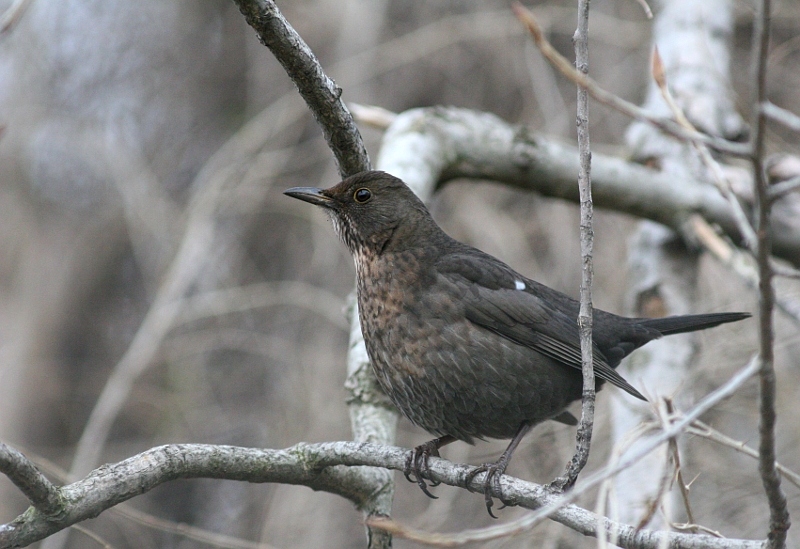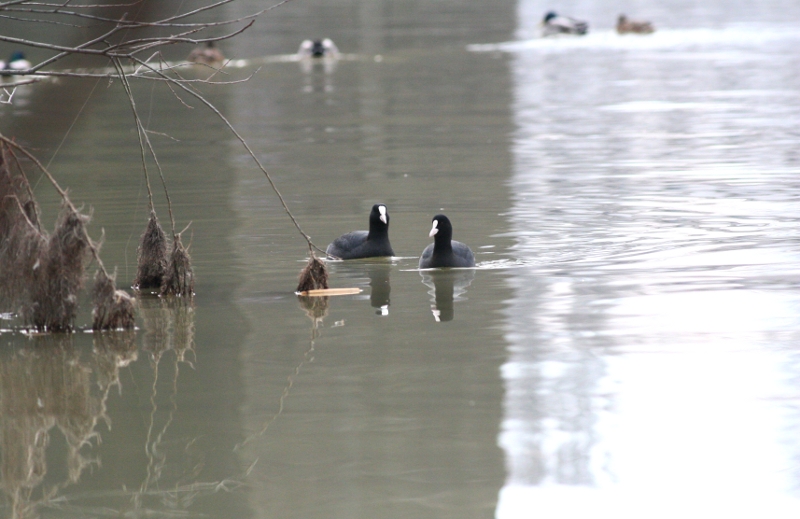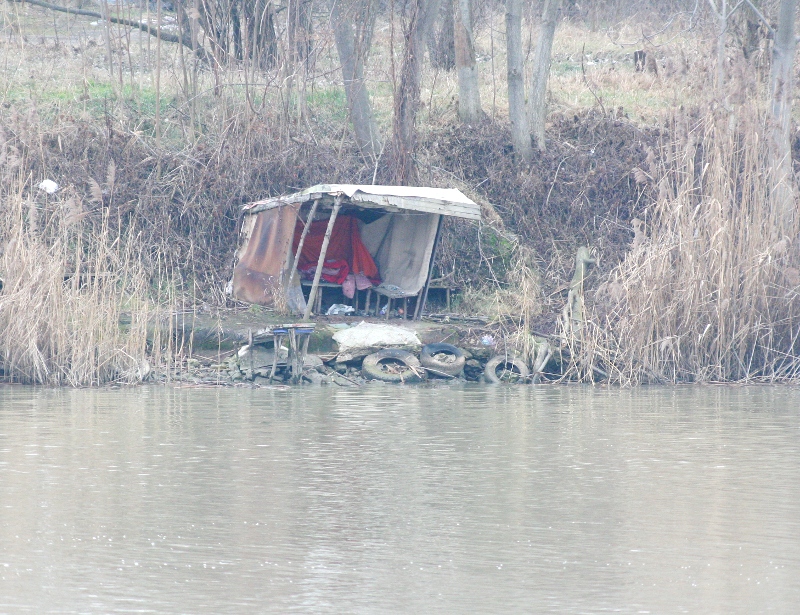Happy 2015 for everyone !
Wish everyone a happy new year !
Free Kingfisher photography tutorial
just here on Oldshutterhand.com. Just until the picture after the blog continues. Don’t tell anybody, it is a top secret. But you can link it if you like 🙂 hahahaha
So how to start? First need a camera, preferably a longer lens, and the bird.
The camera I think is no problem for anybody, the long lens perhaps not so easy, a superzoom camera also can be good, if you don’t have a Dslr lens.
And two another things:
-Lots of patience
-Some time is also needed. it is not a fast exercise usually.
First where to find the Kingfisher? I don’t know where you live, in Hungary there are plenty of Kingfishers almost everywhere in 5-10-20 km distance. Doesn’t mean you will find one at the tree next to your house if you live in Hungary. First need to check in your country there are Kingfishers or not.
Kingfishers mostly can be found next to water as this little fellow eats small fishes. This bird likes very much the tree branches above water, reeds if nothing better there or artificial objects as well which is good for looking small fishes in the water. I know the place for many Kingfishers around the country, but the thing helps the best is the sound of the bird, especially a high alarm call, which I know very much. If you see one, try to remember the sound. After you know one place where the bird can appear. Usually the best places where there are many small fish, like joining of river, canals, lakes.
This is a very shy bird, if sees people fly away immediately. After you find it, you usually need a car or a mobile hide, or at least you stay calm and not move.
Other usual trick to put a perch in the water where you imagine your picture with a Kingfisher on it. You can choose it that way that you can have some natural hide before it, you can have good light, and you can think about other reasons as well, like don’t be too hot for you sitting there, etc.
After the bird get used to the branch and use it regularly, than the thing you do exactly what the bird usually does, sit and weight. It is very important that you arrive to the spot first and stay calm in the hide or in the shadow and don’t move until the bird arrives. Some people goes so far that bring small fishes and place it in the water in a cage. I never done this but had a temptation for this several times 🙂
The camera and lens: you better to adjust anything before the bird comes, adjust proper ISO, aperture , shutter speed anything you like, choose a good lens, check the distance, because usually you don’t have to much time shooting.
Ultrasonic lenses much better because these are more quieter.
Some birds can get used to people than you can make as many photos as you can. What is a good idea not go too close and hide your eyes with a sunglass or something else because this scares the bird the most. If you are behind your camera usually this is not a problem.
Wait for the good moment and you can do some photographs. The more quiet and patient you are, usually you can have better results. Sometimes you can make many pictures, if you not very close, unfortunately a long lens is needed for this. For most people needed more time, or better equipment to make decent pictures for the first occasion. If the bird is ok with photography usually catches fishes in front of you and eat them.
Funny little bird, one of my favorite. Very shy, if you moving fly away immediately. There is a distance when you okay. It depends but usually 10m at least depending on circumstances. This fellow above caught a small fish, but compare to his size was not small. First he catches the fish in the middle section, and was not satisfied with it. He tries to turn the small fish with acrobatic movements, when swinging the fish in every direction of the planet. After he managed to swallow it slowly, get some food-coma as one of my friends call it, always wants to sleep. Hey what will happen with my nice photograph ?? I wait and wants to have a shot when he is jumping in the water. My technique was the following: try to guess where he will jump in the water, prefocus, switch to manual mode look at the bird not the camera, and I decide to shoot when he is around the water. Unfortunately gets dark earlier than I tried this type of shot. But was a good adventure to stare to this little bird, as he stared at the water almost continuously. Quite fat as I realized, there is plenty of food there.

Blackbird is coming out of the bushes

Coots discussing what happen in life


Somebody wants to be happy next to the water and don’t bother to bring the bottle anywhere

